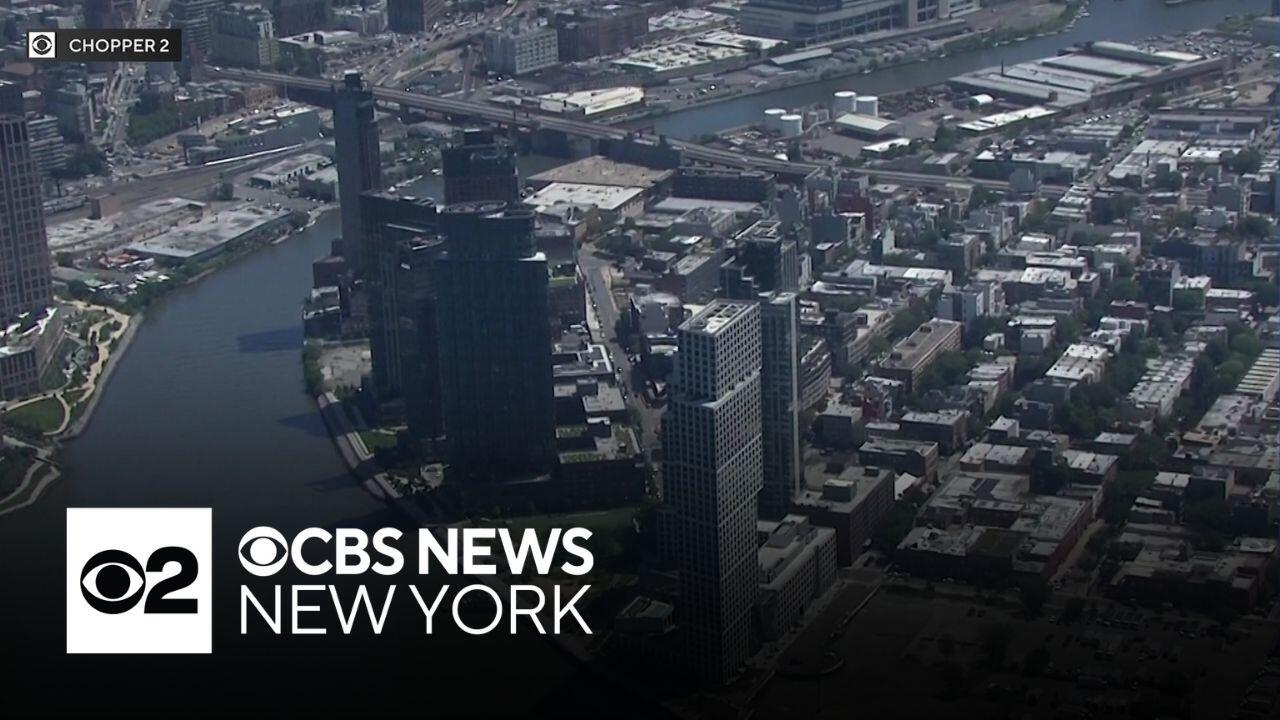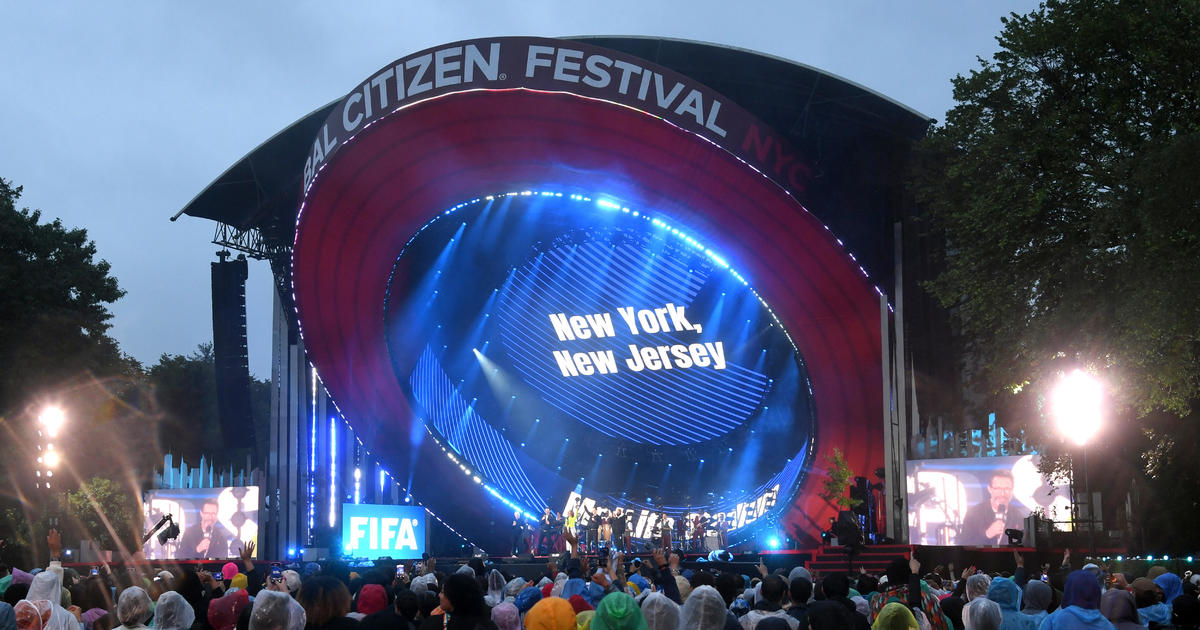Williamsburg-Greenpoint Rezoning has complicated legacy 20 years later
This year marks the 20th anniversary of the historic Williamsburg and Greenpoint rezoning that changed the northern Brooklyn waterfront forever.
The area's industrial waterfront gave way to a vision of parks and high-rise developments after the historic vote in 2005. Twenty years later, after a first-of-its-kind rezoning, the landscape has drastically transformed and carries a complicated legacy.
"You look at a place like North Brooklyn, which has had a lot of increased green space since the rezoning, but the amount of residents has also increased dramatically," said Katie Denny Horowitz, executive director of the North Brooklyn Parks Alliance.
The North Brooklyn Parks Alliance was founded in 2003 to advocate for access to green space. The community was promised more than 50 new acres of parks as part of the rezoning of 175 blocks along the Williamsburg and Greenpoint waterfront. While parts of Bushwick Inlet Park now provide much-enjoyed recreation, the promised 27-acre promenade remains unfinished.
"As of right now about a third of the total acreage has been completed. We're super excited that a third parcel at the northernmost tip around the Bushwick Inlet itself, that should be open quite soon, as early as this September. And that's going to be the third parcel to be completed in over 20 years," Horowitz said.
"This was desolate, prostitution, crime, gangs, drugs"
Former New York City Councilmember Diana Reyna, who represented parts of Williamsburg from 2002-2013 and grew up in the neighborhood, recalled the stark conditions before the rezoning.
"None of this existed. This was desolate, prostitution, crime, gangs, drugs," she said.
She also remembers a tight-knit and resilient community, including many, like her own family, who were displaced as rents began to soar.
"I would have fought to get the affordable homeownership. There's nothing like owning your home. The reason why my family left Williamsburg, we were living in a three family home, privately owned. The landlords sold, went to Puerto Rico to retire, and the new landlord left us to dry for seven years in and out of court without heat and hot water," Reyna recalled.
Housing instability after population boom
The 2020 census showed a 41% population increase in Williamsburg over the past decade. Rent increases and displacement came with it.
David Yassky, the former Councilmember for Williamsburg and Greenpoint, said housing instability predated the rezoning.
"People who had lived there 20, 30 years were already getting priced out. And it was obvious that was going to continue. So to me, the rezoning was an opportunity to open up that waterfront and provide some affordable housing that would allow people in the neighborhood, some, to stay," Yassky said.
Asked whether the rezoning was ultimately a net benefit, their responses were mixed.
"There's no question in my mind the rezoning was a net benefit for the area. For the people who were living there in 2005, it was still a net benefit, but it was more mixed because, you know, the rise in prices had an impact," said Yassky.
"I would say it was a net zero," countered Reyna.
"Unfortunately, I would say it's too early to say even though we're 20 years in. A lot of the plans have yet to be realized," said Horowitz.
Data shows Kings County had the most land rezoned in the city over the last 25 years, with more than 550 blocks affected. Local leaders say lessons from North Brooklyn, like the importance of advocating for affordable housing and public green space, have informed more recent rezonings in neighborhoods like Gowanus and East New York.
Have a story idea or tip in Brooklyn? Email Hannah by CLICKING HERE.





